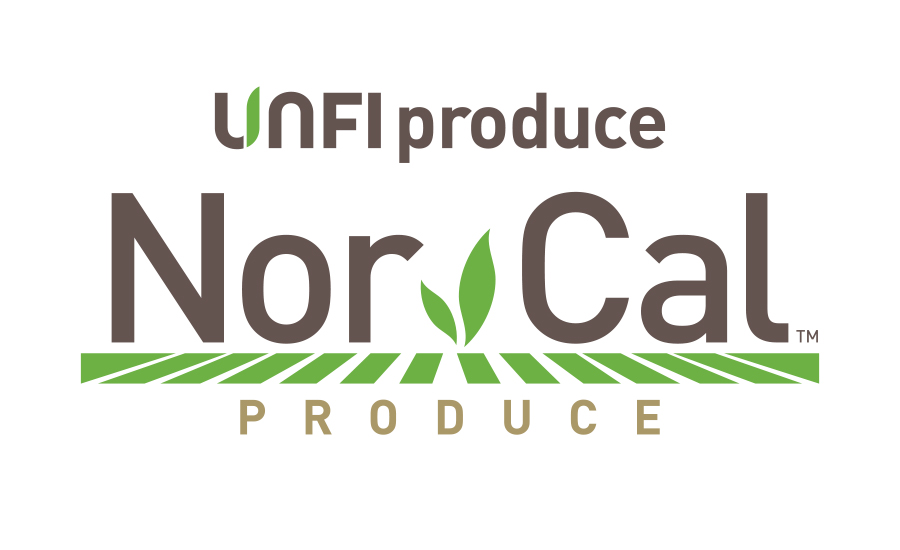Aw, shucks. Nothing says summer like the ripening of fresh corn in the summer sun.
I don't know if I stole that thought or selected words from one — or several — John Steinbeck novels. What I do know for certain is that fresh corn is just one of the most defining points of summer within produce departments all across our country.
The English word “corn” originally meant “single seed of a cereal plant; seeds of cereal plants generally” and is closely related to the German word “korn,” according to an online search. In fact, I've read that “corn” was once used to describe any tiny kernel, even salt. Hence the term “corned beef” came about from salted or brined beef, explaining why there's no trace within of the corn we know and love in the popular meat offering.
It's also a fact that in the U.S., sweet corn makes up less than 1% of all corn grown. The majority being field corn, used for animal feed, gas and more.
While available year-round, sweet corn rises to prominence — in terms of retail merchandising space and increased tonnage — from the advent of Memorial Day, when corn is shifted around the country from warm weather states, all the way to late summer, when just about every state has a local or regional supply.
In short, corn is a perennial summer favorite in the produce aisle.

The challenge, of course, is how to order, handle, merchandise and maintain sweet corn displays. Why? Because sweet corn is like caring for a toddler; you just cannot let either out of your sight for too long or problems quickly arise. Here are a few tips:
- Ordering — Just like any high-respiration, highly perishable item such as mushrooms or berries, sweet corn dries out quickly. Order only what you can sell until your next delivery arrives, with only a minimal amount of safety stock.
- Handling — Keep sweet corn refrigerated. As much as possible, store with a little top ice or mist regularly with water. Ensure freshness by rotating the walk-in cooler stock daily and rotating the display with every stocking.
- Merchandising — Try to merchandise on a refrigerated display unit. Since this space is so limited, many chains display out of refrigeration, counting on high inventory turns to keep the display fresh. Merchandise fresh every morning and always pull and store excess displayed corn to your walk-in cooler overnight. Many chains will shuck, overwrap and even discount this corn the following morning for quick sale. Try corn display tie-in items such as cob holders, seasonings, red potatoes or other vegetables for color breaks, kabob and other serving suggestions to promote increased sales.
- Always keep large, strong bags handy for purchases — Corn is bulky and takes up lots of space. I used to stock both large plastic and paper (i.e., checkout bags) near the display for this purpose.
- Maintenance — I saved the best for the last. Fresh sweet corn displays don't have what we call ‘long legs' when it comes to shelf life. Like the toddler comparison, keep a constant eye on the corn display, as it breaks down quickly, in terms of dehydration as well as the fact that shoppers are not kind to corn displays – pulling off shucks and making a mess in very little time. This is to be expected. Be patient and keep the display closely monitored and pay constant, regular attention to keeping the display, surrounding floor, and signage – neat and clean.
- One point that my good friend and Packer colleague Joe Watson pointed out during our previous summer corn display contest Zoom calls is that while most chains provide large, lined trash cans for shoppers to discard the corn husks, we thought it best not to do this. Why? Because if there is no such trash receptacle available, the display will stay less cluttered as customers tend to bag their purchases as-is. I've tried both methods, and I could see his point.
- Fresh sweet corn is a strong produce staple, especially during the cookout and barbecue season — Emphasize these few kernels of truth to your crew: Keep the inventory close, the display fresh, the display rotated and, above all, keep it all clean. You'll build sales and keep your customers happy.
Armand Lobato's more than 50 years of experience in the produce business span a range of foodservice and retail positions. He is retired from the Idaho Potato Commission and has written a weekly retail column for nearly two decades.

















